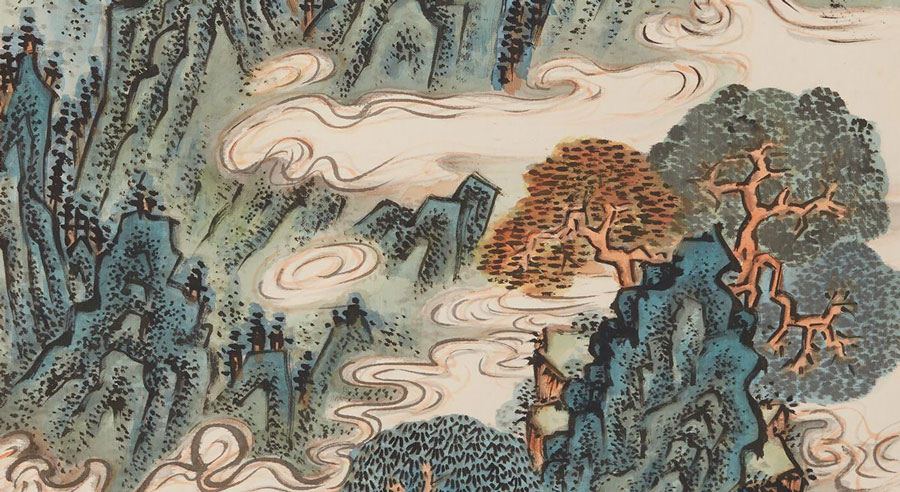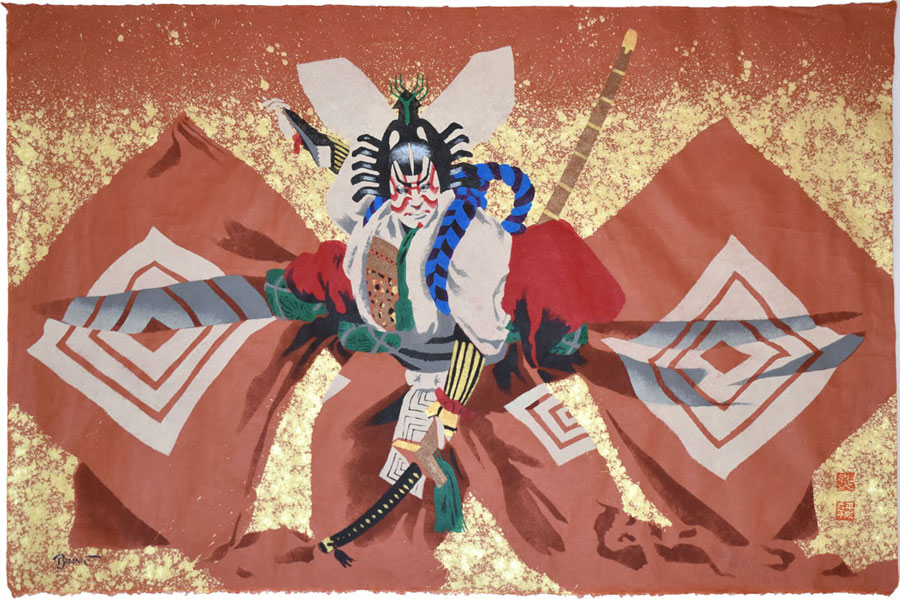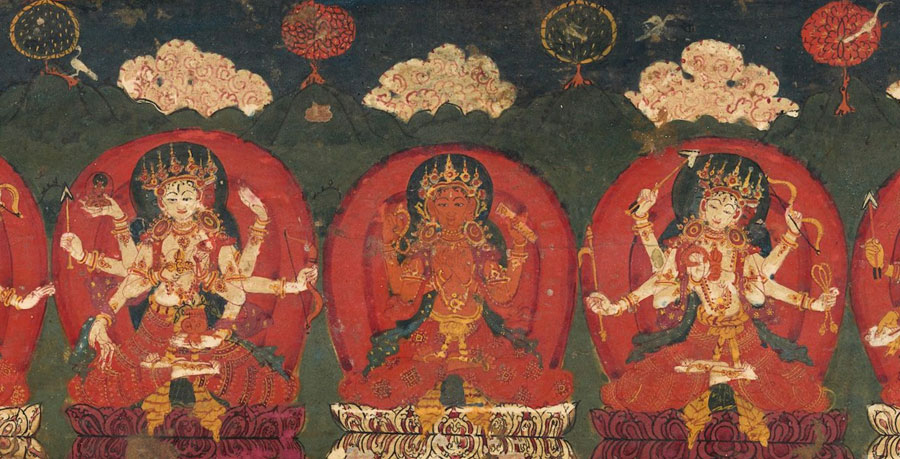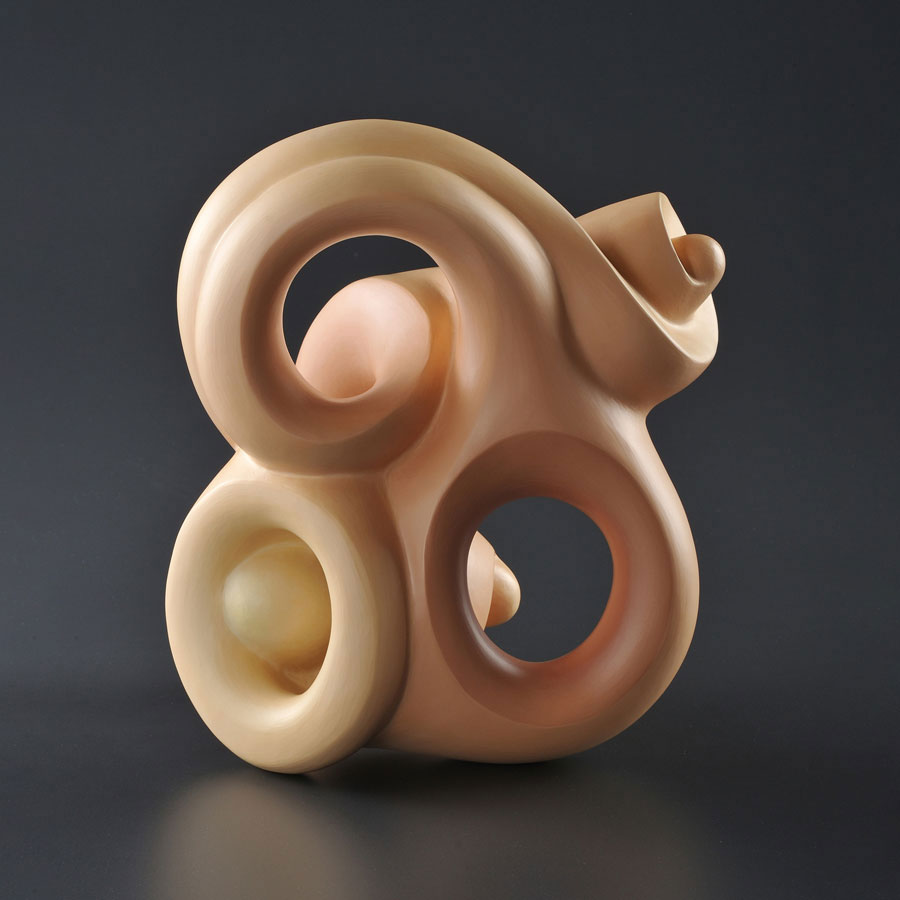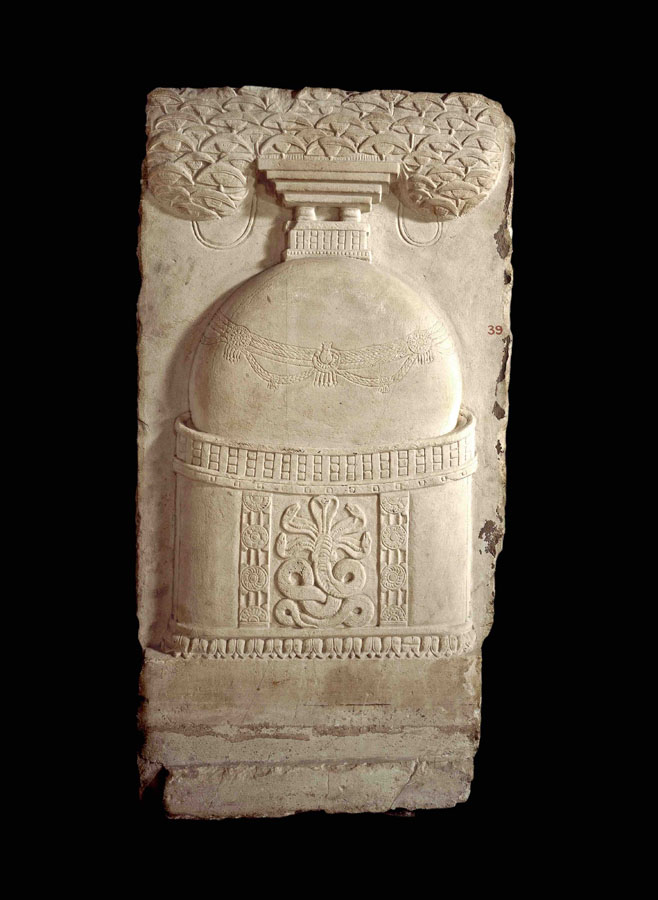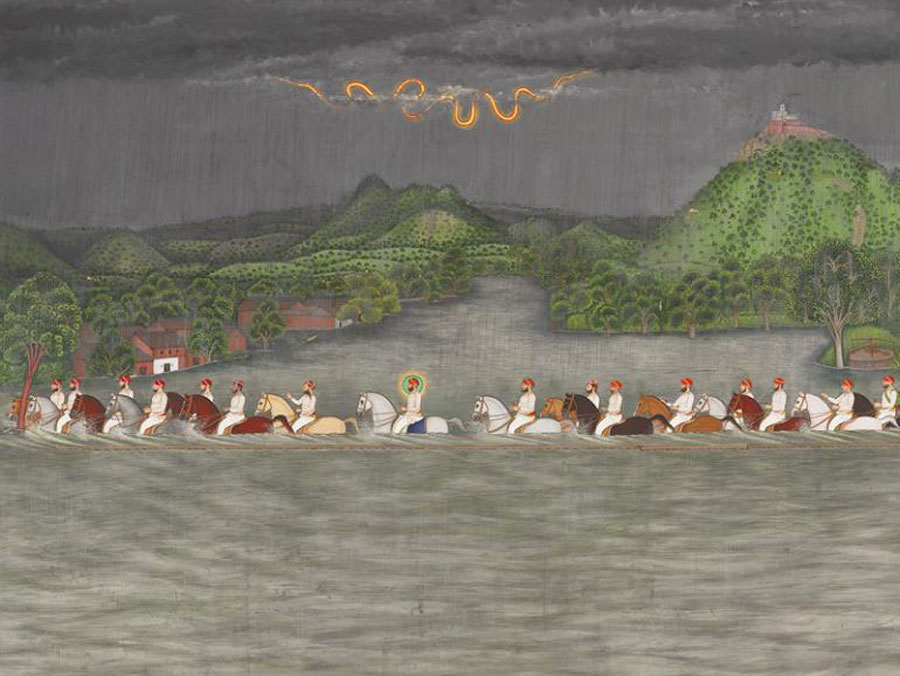
Shivalal (Indian, active 1858–93), Maharana Fateh Singh crossing a river during the monsoon (detail), opaque watercolor and gold on paper, 82.6 x 158.8 cm, The City Palace Museum, Udaipur, courtesy The Cleveland Museum of Art
As a continuation from last week’s newsletter, here are some more great museum exhibitions in New York and elsewhere to check out this summer.
The Cleveland Museum of Art
A Splendid Land: Paintings from Royal Udaipur
On view through Sept 10, 2023
Around 1700, artists in Udaipur (a court in northwest India) began creating immersive paintings that convey the mood (bhava) of the city’s palaces, lakes, and mountains. With dazzling paintings on paper and cloth—many on public view for the first time—A Splendid Land reveals how artists visualized emotions, depicted places, celebrated water resources, and fostered personal bonds over 200 years in the rapidly changing political and cultural landscapes of early modern South Asia.
For more information, click here.
The Museum of Fine Arts, Houston
Woven Wonders: Indian Textiles from the Parpia Collection
On view through September 4, 2023
The Parpia Collection is one of the most significant private collections of Indian textiles outside of India and one of the most important in the United States. Woven Wonders: Indian Textiles from the Parpia Collection brings this extraordinary collection to Houston audiences for the first time.
For more information, click here.
The Metropolitan Museum of Art
Tree & Serpent: Early Buddhist Art in India, 200 BCE–400 CE
Newly opened on July 21–November 13, 2023
Featuring more than 140 objects dating from 200 BCE to 400 CE, the exhibition presents a series of evocative and interlocking themes to reveal both the pre-Buddhist origins of figurative sculpture in India and the early narrative traditions that were central to this formative moment in early Indian art.
For more information, click here.
Nelson Atkins Museum of Art
Picturing Paradise: Blue and Green in Chinese Painting
January 6–August 6, 2023
Beginning in the 400s C.E., Chinese painters used qinglü, a palette of blues and greens, to depict paradise or fantastical places. The paintings and objects dating from the 1200s to 1800s in this exhibition, organized by the Nelson-Atkins, exemplify the enduring tradition of blue and green landscape painting. The colorful landscape paintings span many contexts, showing how a visual vocabulary can be created, built upon, and transformed.
And
Found in Translation: Explorations by 8 Contemporary Artists
October 8, 2022–August 20, 2023
We often hear of the risks of losing meaning in translation. But visual artists are skilled at converting ideas and questions into art. Found in Translation: Explorations by 8 Contemporary Artists reveals the richness and nuance that can be discovered through this process of change and transformation. These eight artists use their practices to explore evolving personal questions tied to place, memory, relationships, and other complex topics.
For more information, click here.
Philadelphia Museum of Art
Oneness: Nature and Connectivity in Chinese Art
On view through October 29, 2023
This exhibition features the work of four contemporary artists whose practices examine the boundaries between humans and nature from a philosophical, spiritual, and material perspective. All the featured artists embrace and adapt historic Chinese artistic traditions through their chosen materials, process, or themes.
For more information, click here.
San Antonio Museum of Art
Creative Splendor: Japanese Bamboo Baskets from the Thoma Collection
July 15, 2022–January 2, 2024
This exhibition consists of a series of three installations of approximately 15 baskets each that will survey the outstanding accomplishments of Japanese basket makers active since the 19th century to the present day from three regions of Japan: Kansai, Kanto, and the southernmost island of Kyushu. The exhibition demonstrates the specific techniques and styles of cutting and weaving bamboo that are particular to each of these geographic regions.
For more information, click here.
Tibet House US
Alchi: Visions of Enlightenment
Monumental Photographs by Peter Van Ham
On view through September 2023
View monumental photographs of the world-renowned Buddhist monastery complex of Alchi by Peter van Ham. Mandalas and towering sculptures of Bodhisattvas adorn the walls, ceilings and doors of each temple and include scenes from the Buddha’s life as well as secular life from a period of tremendous cross-cultural activity in the region. Spend this summer in this immersive exhibition and view some of the oldest surviving paintings in Ladakh.
For more information, click here.


